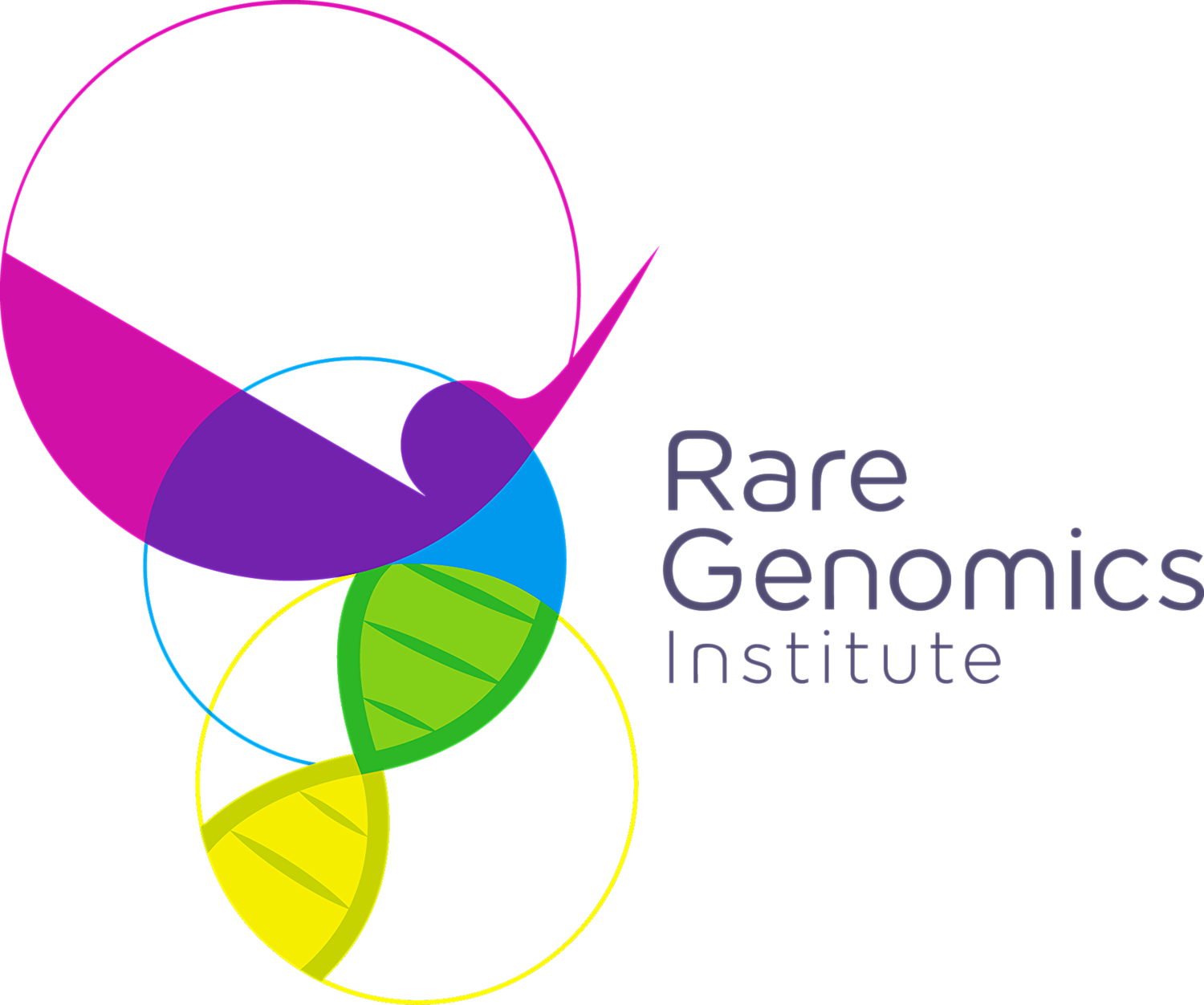Misdiagnosed With Monkeypox: Understanding How Rare Conditions Are Presented
/Even the most qualified medical practitioners make mistakes when attempting to diagnose patients’ rare conditions. Therefore, the average person cannot be held to a high standard when it comes to recognizing whether someone in their lives has a rare disease. It would be nearly impossible for a layperson to identify whether someone they pass by on their daily commute has a disease, let alone a rare one.
The New York Times reported on a viral TikTok video which featured someone on public transit displaying what others were wrongly identifying as a case of the monkeypox virus. However, glances on the subway cannot make up for a scientific approach to a medical diagnosis. Diseases can present differently in different individuals and the presentation of conditions of certain diseases can be easily confused with that of other diseases.
The people who circulated the TikTok video misdiagnosing someone with neurofibromatosis type 1 (NF1) as monkeypox may have had their heart in the right place: they wanted to help others by disseminating pertinent health information. However, intentionality is only a piece of what makes information powerful. A more impactful video may have been one which identified the differences between a presentation of NF1 and a presentation of monkeypox.
Both monkeypox and NF1 partly present with skin conditions. NF1 causes afflicted individuals to suffer small tumors which appear as raised bumps on the skin. One of the characteristic traits of monkeypox is also a rash of raised skin bumps. However, the similarities between NF1 and monkeypox essentially end there. Monkeypox is viral and NF1 is genetic. A case of monkeypox may be relieved in a few weeks, whereas someone with NF1 may deal with small tumors on their skin, in their eyes, and other parts of their body throughout their lifetime.
The confusion between the two conditions underlines the point that people should not be quick to jump to conclusions about others. Oftentimes, characteristics presented by certain rare conditions mimic those of other diseases. For example, Creutzfeldt-Jakob disease causes personality changes, anxiety, depression, and memory loss, which could easily contribute to a misdiagnosis of a person with a more common affliction. Some characteristics of Alström syndrome include obesity in childhood and insulin resistance, which could be confused for Type 1 diabetes, among other conditions.
The Rare Genomics Institute helps people understand the rare conditions that they and their loved ones face. It is integral to our mission that information presented about rare conditions is accurate. To that end, we have begun the process of chronicling information about the more than 7,000 rare diseases recognized worldwide on our website’s rare disease list. If you would like to learn more about a specific rare disease that is not featured on our website, please reach out to our team which maintains our rare disease list at marcomm-team@raregenomics.org.
